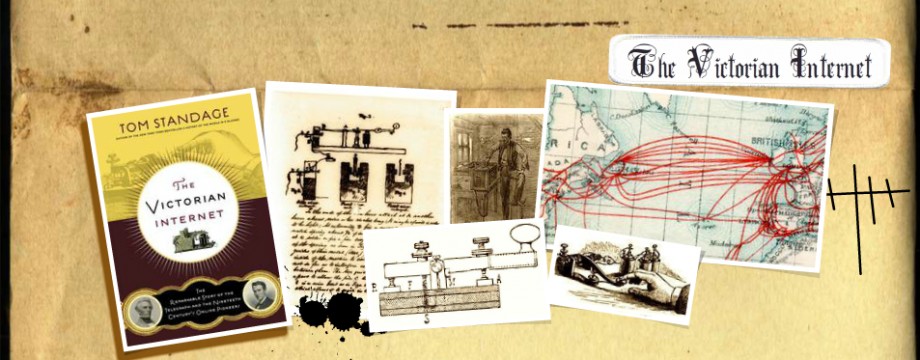By:Razia, Gemma, Laura, and Cris
The Telegraph was indeed becoming more popular and traffic key networks within major cities became overloaded. Messages were sent through mediators and not straight to the recipient, causing big stacks of papers and the need for messenger boys to carry large amount of messages. However, a cheaper and more efficient technology for small distances was set into place: the tube. The tube worked as a vacuum and was able to send a maximum of five messages at the same time, in comparison with the one message per minute sent through the telegraph.
Due to the growing demand in 1865, the Electric Telegraph Company extended their London tube network. However, the tube was faced with two key problems: obstructions and cracks, which were both hard to find.
With the increase of telegraphs sent, the system had to be designed to improve its productiveness. The new plan was successful because the total amount of messages transmitted increased twice, and instead of taking the usual ten weeks, it was now taking 4 minutes. Thanks to this, the telegraph industry was rapidly rising and many people wanted to buy a share of the project. The British Empire was able to control all his territory (including Canada) directly without having to pass information through different countries. However, the peacemaking assumption was not necessarily true. Better communication does not necessarily lead to a common understanding.
